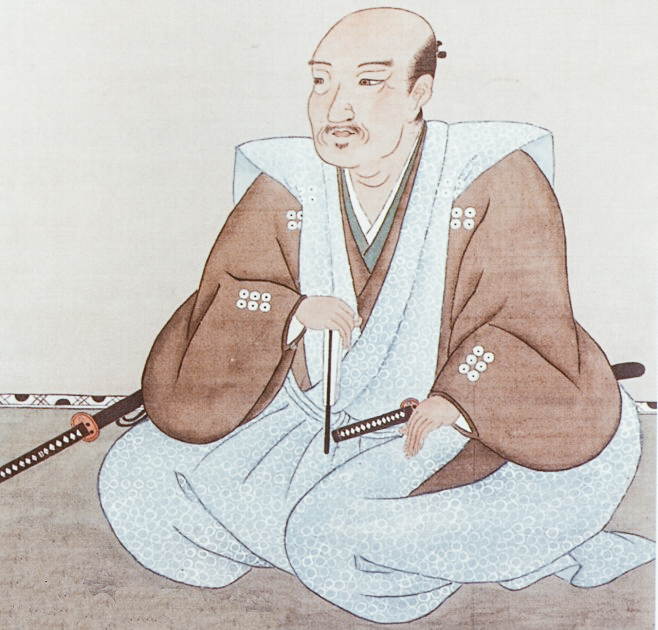
photo credits: wikipedia.org
Sanada (Yukimura) Nobushige was one of the greatest samurai of the Sengoku period. Second child of Sanada Masayuki and younger brother of Sanada Nobuyuki, he was never called “Yukimura” during his lifetime, since his real name was Nobushige. It seems that Yukimura was obtained at the end of the Edo period. Known as “Crimson Demon of War” for his blood-red banners and red armor, he was also recognized as “the greatest warrior of Japan” and even “The last Sengoku hero” by his peers.
As a young man, he was sent by his father as a hostage to the Uesugi clan in exchange for Uesugi’s support against the Tokugawa. The father who later sided with Toyotomi Hideyoshi, as Uesugi had done, allowed him to return home to Ueda.
Sanada Nobushige served Hideyoshi directly. His first wife, Aki-hime, was the daughter of Otani Yoshitsugu even though adopted by Toyotomi Hideyoshi. Nobushige had seven daughters and three children with four wives, the last was born two months after his father’s death.
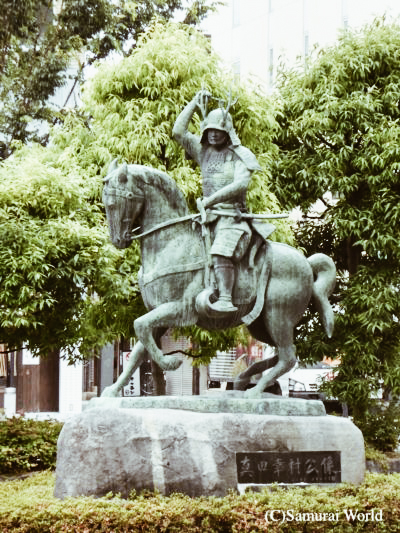
photo credits: samurai-world.com
Ueda Castle, built in 1583, was the home of the Sanada clan. The fact that it was well built was first tested in 1583 when the castle resisted the attack of a numerically superior Tokugawa force. The defeat would have been embarrassing for the Tokugawa in the future. Another similar siege of Ueda Castle in the 1600s at the time of the Battle of Sekigahara also saw Tokugawa Hidetada, son and heir of Ieyasu, who led his army along Nakasendo, strategically important. Along the way, he stopped and besieged Ueda Castle. Although there was a great distance from the battlefield of Sekigahara, events at Ueda Castle would have almost destroyed the intentions of the Tokugawa legions. The Sanada resisted long enough for Hidetada to arrive late to the battle itself, depriving Tokugawa of about 38,000 men. Nobushige commanded only 2,000 men inside the castle.
Sanada Masayuki and his son Nobushige kept Ueda’s castle as an ally of Western forces, however, Sanada Nobuyuki, was fighting for the Tokugawa. This ensured that at least one member of the Sanada family would be among the winners, regardless of the outcome. This was clearly a plan to preserve the family name. Following Sekigahara, Nobushige and his father were deprived of their domain and exiled to the holy mountain, Koya.
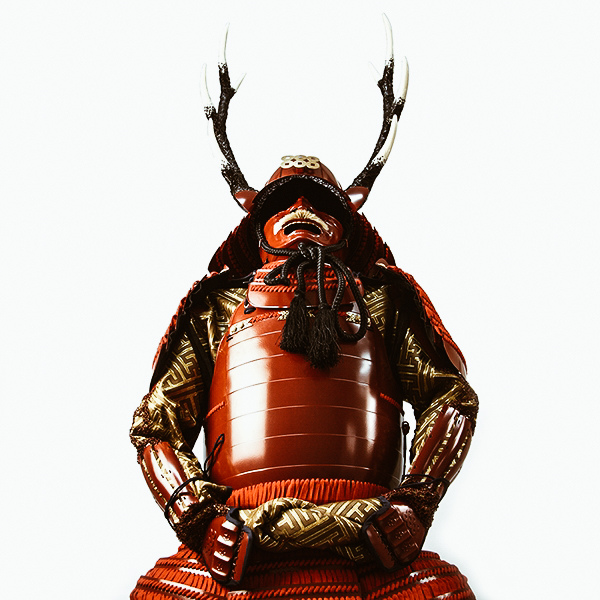
Photo Credits: tozandoshop.com
14 years after Sanada’s father and son were sent into exile, Nobushige would rebel against the Tokugawa again during the winter siege of Osaka, and again the following year in the summer campaign. Nobushige had built a crescent-shaped fortress in the southwestern corner of Osaka Castle, known as Sanada Maru. The fortified outpost was surrounded by a wide, deep and dry moat. The earth of the moat was piled up inside, and along the top of this embankment, there was a simple two-story wooden wall, with platforms at regular intervals. Apparently, the Sanada Maru was armed with cannons along the walls. Sanada Nobushige and about 7,000 men repeatedly repulsed around 25,000 Tokugawa allies. Sometimes the Sanada samurai left the borders of the Sanada Maru to counter the enemy troops.
The following year, during the summer siege of Osaka, Sanada Nobushige commanded the right flank of Toyotomi’s forces. On June 3, despite being completely exhausted from the battle against Date Masamune’s forces, Nobushige and his men had returned to Osaka Castle to find the 150,000 Tokugawa men preparing to make one final assault. Hoping to catch them off guard and destroy their formations, Nobushige sent his son, Daisuke, to instruct Hideyori to look for opportunities to get out of the castle and attack the Tokugawa.
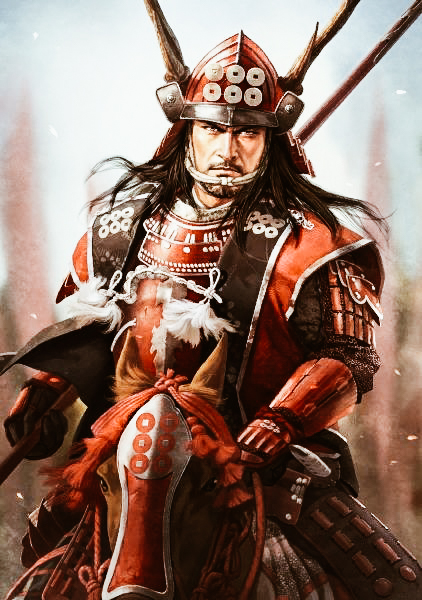
photo credits: pinterest.it
However, at the time of the attack, Hideyori appears to have lost control and failed to launch a counterattack that could have reversed the siege. The Sanada troops were overwhelmed. Seriously wounded in the fierce battle against Matsudaira Tadanao who had pledged him for most of this day, from 12 to 17, Nobushige sat under a pine tree in the Yasui Shrine grounds, unable to continue. When the wave of enemy forces approached, he calmly said his name, and saying that he was too tired to continue fighting, he allowed a Tokugawa samurai named Nishio Nizaemon to take his head. Sanada Nobushige was 47 years old. The news of his death spread rapidly and the morale of Osaka’s troops fell.
The name Yukimura was known throughout Japan due to its fearless fighting.
Shimazu Iehisa of Satsuma praised Yukimura, writing “Sanada was the greatest warrior in Japan, stronger than any warrior in the stories of ancient times. The Tokugawa army was half defeated. I say this only in general.”
A statue of the weary warrior is now found under the second-generation pine tree in the ground of the sanctuary.
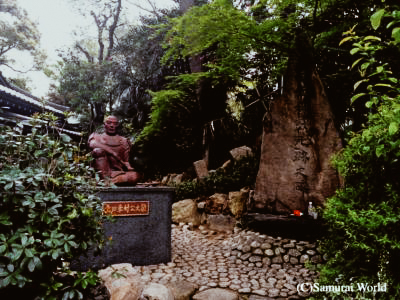
photo credits: samurai-world.com
Share this:
- Click to share on Facebook (Opens in new window)
- Click to share on Twitter (Opens in new window)
- Click to share on Tumblr (Opens in new window)
- Click to share on Pinterest (Opens in new window)
- Click to share on Telegram (Opens in new window)
- Click to share on WhatsApp (Opens in new window)
- Click to share on Reddit (Opens in new window)
- Click to print (Opens in new window)






